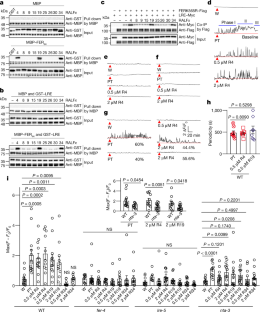2022-07-08 カリフォルニア大学バークレー校(UCB)
研究者たちは以前、受精プロセスに先行するカルシウム波の存在を記録しており、”カルシウムシグナルが重要であることはわかっていたが、それがどのように生成されるのかは正確にはわかっていなかった “と指摘する。
研究者達は、カルシウム波が雌の細胞でどのように作られるのかを分析するために、特定の細胞のカルシウムレベルを報告するバイオセンサーを導入して、カルシウム波を誘発する雄の部分からのシグナルを探しました。
今回の研究で同定されたカルシウムチャネルは植物に特有のものであり、動物とは異なるシグナルを発する方法を発明したことが示唆された。
<関連情報>
- https://nature.berkeley.edu/news/2022/07/understanding-romantic-journey-plant-reproduction
- https://www.nature.com/articles/s41586-022-04923-7
花粉管受容のためのCa2+シグナル伝達を行う受容体・チャネルのトリオ。 A receptor–channel trio conducts Ca2+ signalling for pollen tube reception
Qifei Gao,Chao Wang,Yasheng Xi,Qiaolin Shao,Legong Li & Sheng Luan
Nature Published:06 July 2022
DOI:https://doi.org/10.1038/s41586-022-04923-7

Abstract
Precise signalling between pollen tubes and synergid cells in the ovule initiates fertilization in flowering plants1. Contact of the pollen tube with the ovule triggers calcium spiking in the synergids2,3 that induces pollen tube rupture and sperm release. This process, termed pollen tube reception, entails the action of three synergid-expressed proteins in Arabidopsis: FERONIA (FER), a receptor-like kinase; LORELEI (LRE), a glycosylphosphatidylinositol-anchored protein; and NORTIA (NTA), a transmembrane protein of unknown function4,5,6. Genetic analyses have placed these three proteins in the same pathway; however, it remains unknown how they work together to enable synergid–pollen tube communication. Here we identify two pollen-tube-derived small peptides7 that belong to the rapid alkalinization factor (RALF) family8 as ligands for the FER–LRE co-receptor, which in turn recruits NTA to the plasma membrane. NTA functions as a calmodulin-gated calcium channel required for calcium spiking in the synergid. We also reconstitute the biochemical pathway in which FER–LRE perceives pollen-tube-derived peptides to activate the NTA calcium channel and initiate calcium spiking, a second messenger for pollen tube reception. The FER–LRE–NTA trio therefore forms a previously unanticipated receptor–channel complex in the female cell to recognize male signals and trigger the fertilization process.


